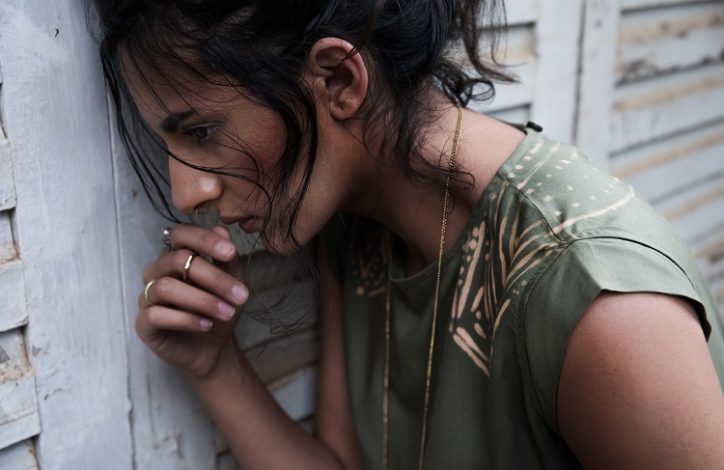Ria Ana Sejpal, founder and creative of Lilabare, a leading Kenyan designer bringing ethics into African fashion, says brands are integrating social and environmental themes into their products and services.
“Our ethos is to produce clothing and jewelry that are sustainable in every aspect. Whether it’s rain-fed cotton that is bought at a fair price from local farmers, or upcycling post-production manufacturing waste, we consider the socio-economic and environmental impact of everything we make.”
Ria shares with me how Lilbare has a clear stance on social issues by creating unique clothing and jewellery that benefit both the makers and the wearers of their pieces.

First, what does the Coterie event mean to the brand and your relationship with She Trades Kenya?
Coterie is an incredible opportunity to connect with the global market and our customers outside of Kenya. Thanks to She Trades, this platform has been made available to us at Lilabare, giving us a stepping stone into the international fashion scene.
What are the top five trends shaping the industry?
Sustainability: People are gravitating towards eco-friendly wardrobe choices now more than ever. With more brands creating sustainably-made clothing at accessible price points (such as Lilabare!), eco-friendly garments are available to a wider, and growing, market.
****
From farm to finish, Lilabare aims to produce entirely within Africa. From the use of our Kenyan and Ugandan-grown cotton, to the handcrafted details whose origins span to as far as Ghana, we create clothing and jewellery that is functional and sustainable.
We consider the environmental impact of our work in each piece; whether it be carbon footprint, or, how long an artisan can sustain his living through supplying us with materials. Each artist is carefully selected for their skill as well as need for financial growth.
****
Versatility: Customers want clothing that can translate through seasons as well as for multiple occasions. It is with this ethos that I create designs, such that our customers can wear her Lilabare for years, adapting her pieces through time and seasons.
Gender fluidity: With collective gravitation towards social liberalisation, the global community is seeking forms of overt expression of gender fluidity. The lines between masculine and feminine have softened over time, and continue to dissolve into genderless and non-discriminatory fashion.
Comfort: Who needs pig-teeth marks and squeezing into skinny jeans anymore? Moving into an era where luxury sweatpants, such as Lilabare’s velvet joggers, are becoming ever-increasingly in demand.
Quality over quantity: Moving away from fad trends and into a world that appreciates higher quality items, the fashion scene is adapting to customer needs of items of clothing that last longer than three washes. Much to our delight; as this is the first step to our mission of having a fully circular model of fashion production.

What can make African brands compete effectively with global brands?
I think that African brands have a lot to offer the global fashion community. Coming from roots that lie in rich culture and heritage that is entirely distinct from the rest of the world, our aesthetic has been diluted through many designers’ works over the years.
With opportunities for us to connect with the global market, African designers now have a voice of their own and can eliminate the middle-man, so to speak, giving rise to a truly relevant and unique approach to fashion.
Given that we are innately sustainable in a majority of our practices, these methods allow us to compete with global brands, who unfortunately have to consciously move away from the mass-produced, fast-fashion model that has been built over generations prior to now.
Check out Lilabare’s full clothing and jewelry line on their website and follow them on Facebook and Instagram @lilabare @riaananas




